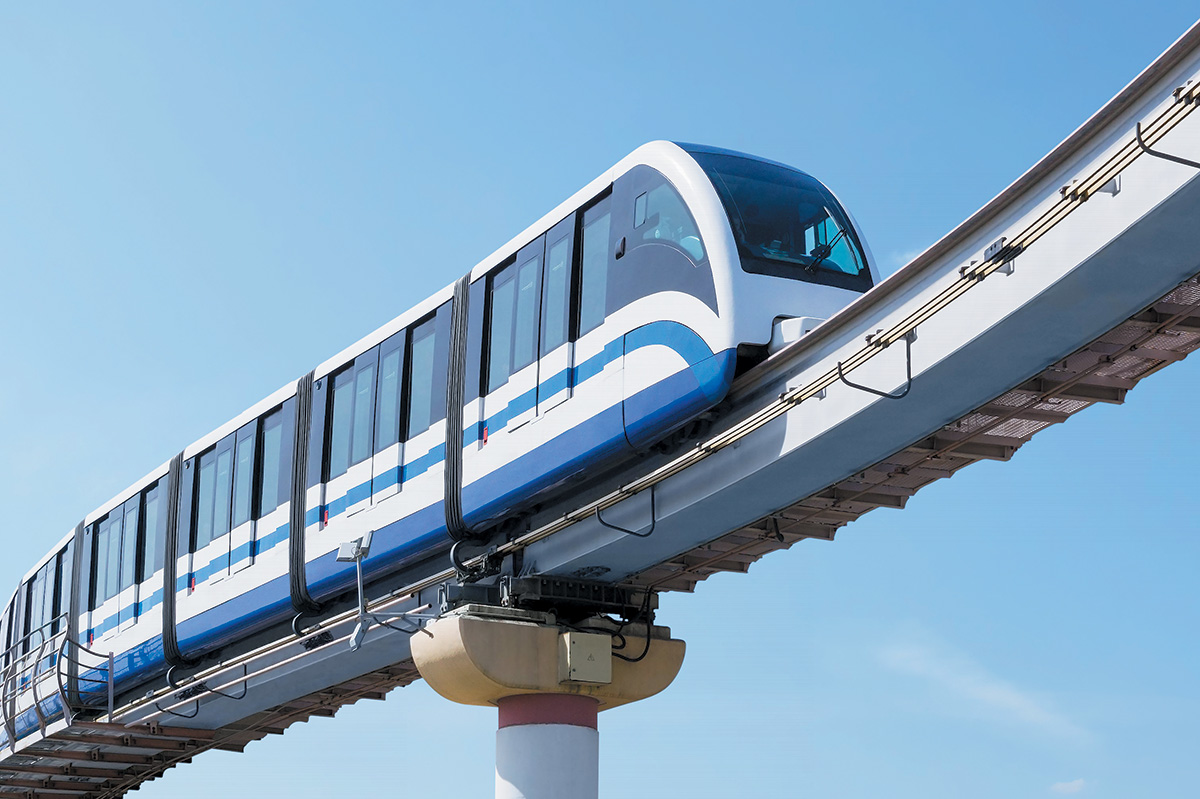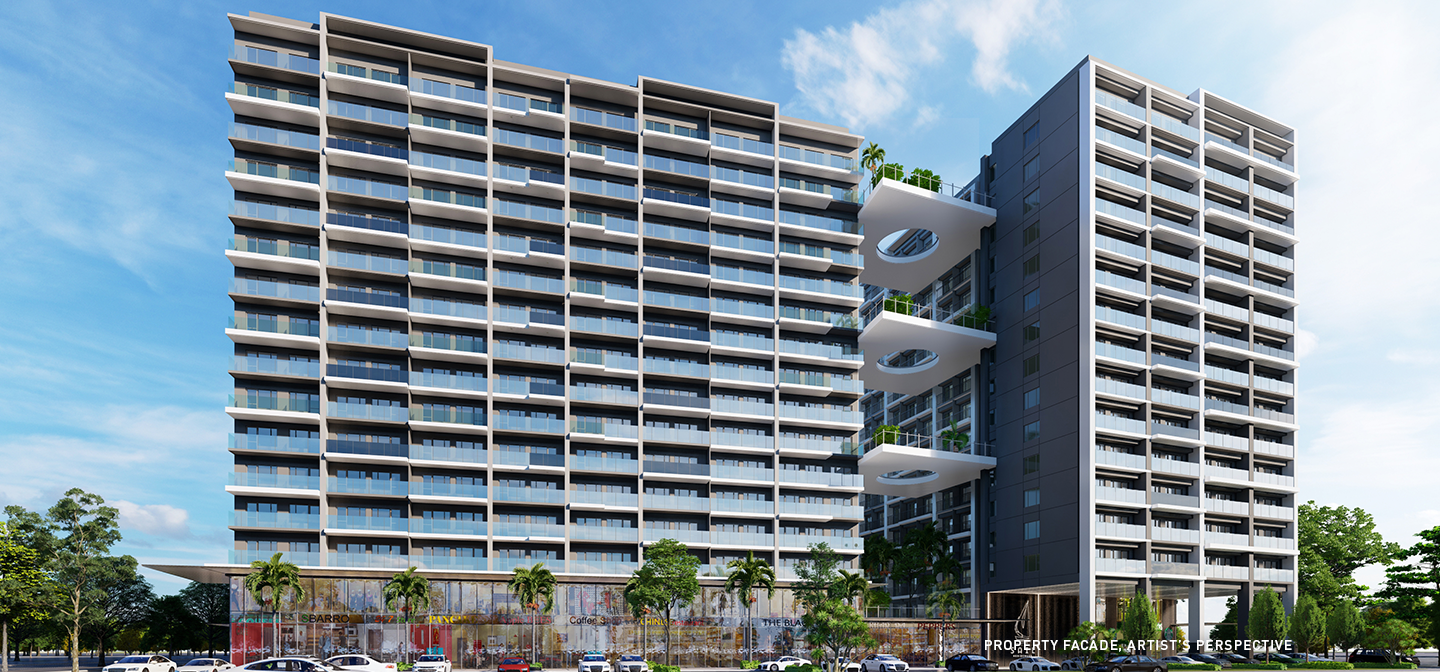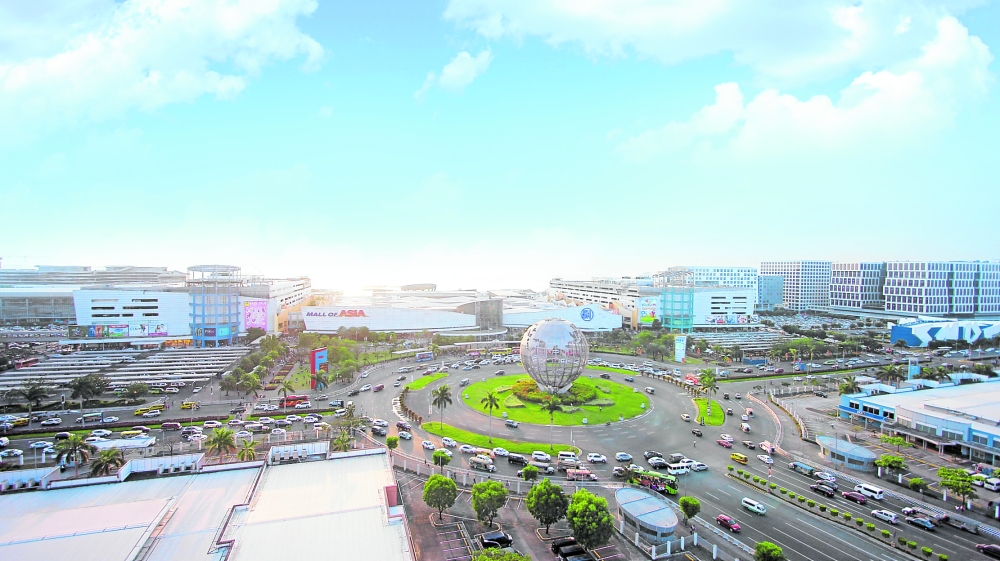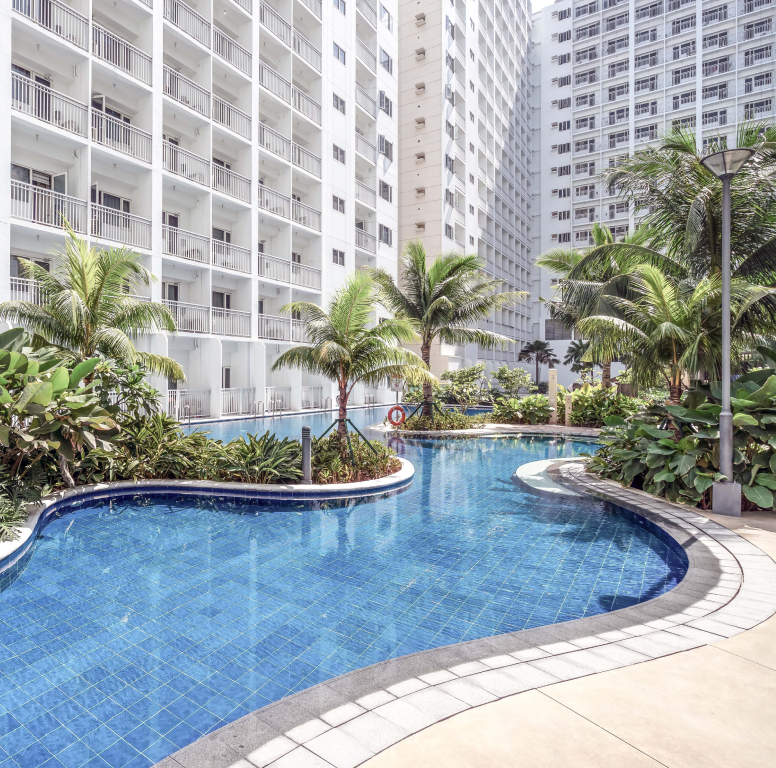Train system to increase value of property in Mall of Asia
• 5 minutes min. read
Even today, the thriving Mall of Asia Complex in Pasay City stands unrivaled for its potential as a destination.

While this progressive complex is already one of the most premium business and lifestyle districts in the country, it remains to be an exciting destination rife with promising opportunities for the local and multinational businesses and investors, as well as prospective residents.

As Colliers Philippines had pointed out, “the Bay Area, an 800-plus hectare land reclamation on Manila Bay, is fast becoming Metro Manila’s most exciting business, residential, leisure, cultural, and educational hub.” One of the largest mixed-use developments in this bustling area is the MOA Complex, home to Mall of Asia, currently the world’s third largest shopping mall, as well as upscale hotels, a convention center, concert grounds, residential condominiums, office towers, and the world’s largest Ikea store.

“While the Bay Area is far from complete, it is now shaping to become a major market that will redefine Metro Manila’s real estate sector… With office, residential, leisure, educational, and cultural components already present in the Bay Area—not to mention seamless connection with the rest of Metro Manila—it will not be surprising that it will continue on attracting potential residents, eventually surpassing its neighbors as the most desirable place in Metro Manila to live, work, play, and learn,” Colliers Philippines explained.
Infrastructure premium
Set to further raise the premium of the MOA complex is the planned integrated monorail system that will connect the corner of Edsa and Taft Avenue to Jose W. Diokno Boulevard and eventually relieve traffic chokepoints in these areas. It will be integrated and will be interoperable with several modes of transport, including LRT-1, MRT-3, Edsa Busway, and Edsa Greenways.
The SM Group already signed last year a deal with the Department of Transportation (DOTr) to construct this integrated monorail system in Pasay City. This unsolicited proposal will not only further improve the accessibility of this complex, but will more importantly create value for everyone, from businesses and their workers, to the residents, visitors and even tourists.


Infrastructure projects, as scores of studies have shown, can help accelerate economic activity, promote sustainability, and create numerous societal benefits. For the real estate sector, it offers a significant premium as it helps unlock values and ensure capital appreciation in the long run.
Steady appreciation
As it is, the residential projects within the MOA complex alone have seen prices appreciating considerably over the last five years—now breaching the P400,000-per-sqm mark.
Data from Leechiu Property Consultants (LPC) showed that prices of multi-tower residential developments within the Bay Area have grown anywhere between 109 percent and 214 percent.
SM Development Corp.’s Shore 3 Residences Tower 3, for example, has seen its prices appreciating by 214 percent in a span of four years to its current market value of P385,000 per sqm, reflecting a gain of P205,000 per sqm in capital value.
Multi-tower developments also recorded impressive compounded annual growth rates, which could go as high as 26 percent, according to LPC. It noted high price growth for multi-tower developments from more established developers like SMDC, which recorded the highest price increases since its projects’ launch date, as well as a 21 percent CAGR.
Once the monorail is operational, prices and capital values of developments within the MOA Complex are poised to appreciate further, especially because of the positive and substantial benefits of this project.
Substantial benefits
For one, the planned monorail system can help spur economic activities as it will produce job opportunities for Filipinos from its construction phase up to its operation. Once completed, the monorail system will further make the complex attractive to foreign investors and will enhance access to employment in central business districts.

This key project will likewise help promote sustainability as it will not only help reduce carbon emissions through a reduced volume of cars on the road. At the same time, this railway would help address the traffic congestion in Metro Manila since it will serve as a central platform that can provide access to other railway systems in the capital region. An efficient train system, after all, can be a great incentive for many to leave their cars at home.
For the commuting public, the monorail will meanwhile offer cost savings, as well as a hassle-free, convenient and safe form of transit.
Infrastructure truly creates innumerable, far-reaching values that in turn, create a sweeping ripple of benefits that enhance both the quality of lives and the economy in general.
With this monorail now in the works, the MOA Complex will thus be one of the most exciting and promising investment hotspots to watch out for—one that is set to make a significant, well-meaning contribution to the nation anew.